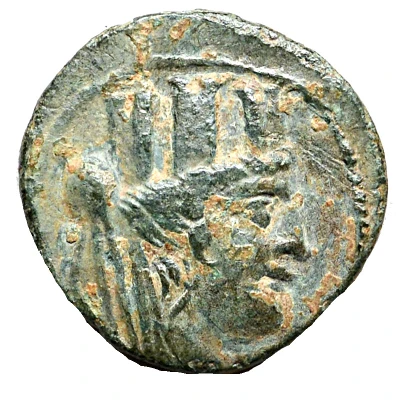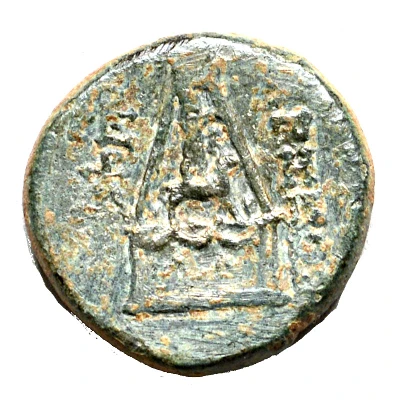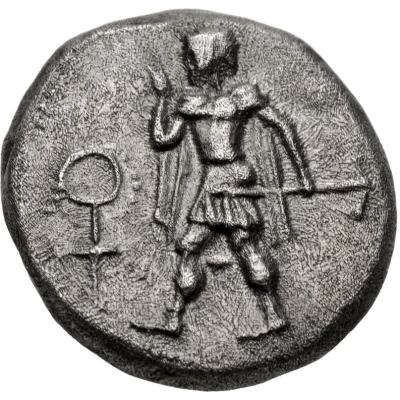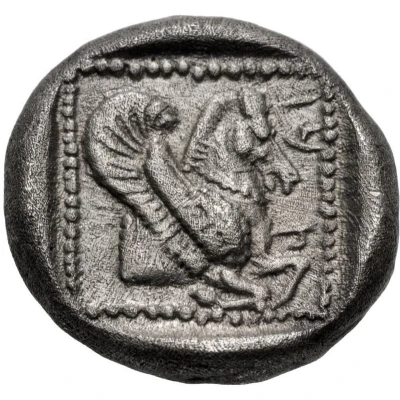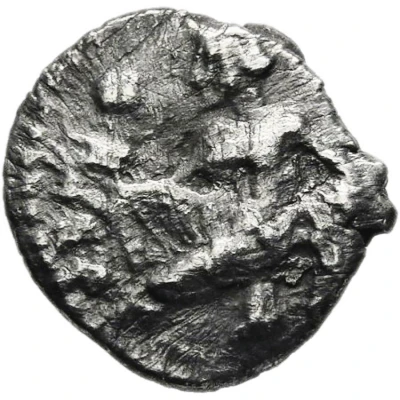
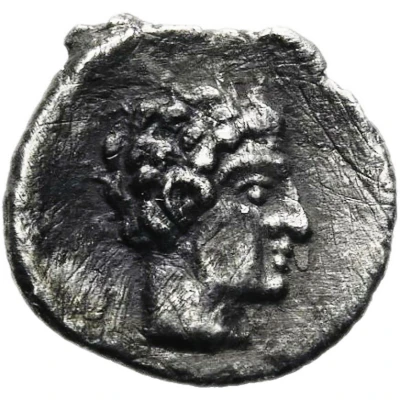

© hlop
Obol 389 BC - 375 BC
| Silver | 0.41 g | 9.2 mm |
| Issuer | Tarsos (Cilicia) |
|---|---|
| Type | Standard circulation coin |
| Years | 389 BC - 375 BC |
| Value | Obol (⅙) |
| Currency | Drachm |
| Composition | Silver |
| Weight | 0.41 g |
| Diameter | 9.2 mm |
| Thickness | 1.3 mm |
| Shape | Round (irregular) |
| Technique | Hammered |
| Orientation | Medal alignment ↑↑ |
| Demonetized | Yes |
| Updated | 2024-10-10 |
| Numista | N#165380 |
|---|---|
| Rarity index | 95% |
Reverse
Male head right
Interesting fact
The Obol coin from Tarsos (Cilicia) was used as a form of currency in the ancient Greek city of Tarsos, which is now located in modern-day Turkey. The coin features an image of a lion's head on one side and an inscription on the other side that reads "ΤΑΡΣΕΩΣ ΣΥΝΤΑΞΗΣ" or "Tarsos Syntaxes," which translates to "Tarsos, in agreement." This inscription suggests that the coin was issued as a form of official currency by the city of Tarsos and was likely used for trade and commerce within the city and its surrounding regions.
